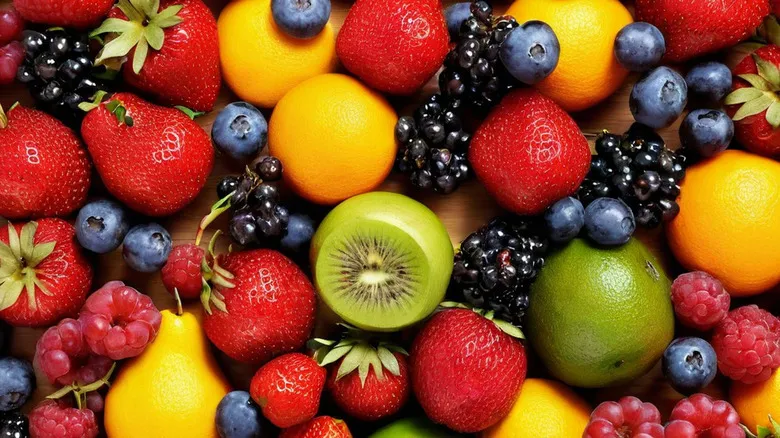What is freeze-dried fruit?
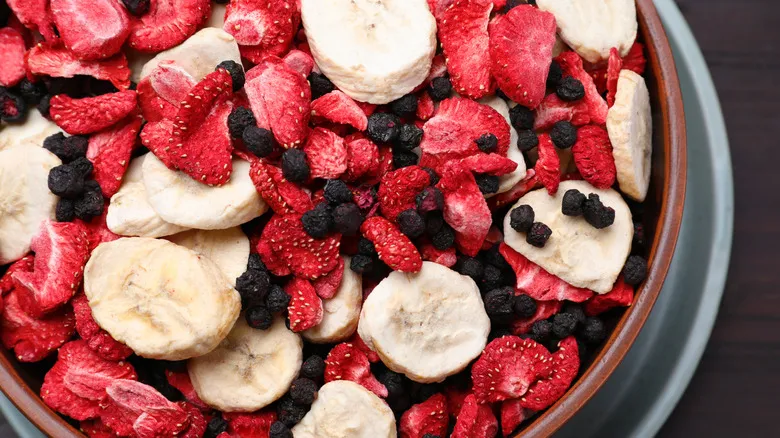
The freeze-drying process entails placing frozen food in a vacuum environment. As the ice melts, it doesn't turn into liquid water; instead, it transforms directly into vapor through a process called sublimation. This method extracts all moisture from the fruit while preserving its shape and color, resulting in a product that resembles a crisp, dry version of fresh fruit. Due to slight shrinkage during the process, the flavor of freeze-dried fruit becomes particularly concentrated.
Freeze-dried fruit is both sweet and crunchy, making it an ideal topping for cereal or oatmeal (many popular brands already incorporate it). Its lightweight nature and extended shelf life make it a delicious snack for camping and hiking, as well as a great choice for emergency supplies. Additionally, the fragile freeze-dried fruit can be ground into a fine powder, which can be used to enhance the flavor of batters, frostings, syrups, or nearly any sweet treat that could benefit from a unique twist. The only drawback is that you'll usually need to purchase it from a store, as the equipment required for home freeze-drying can be quite costly.
What is dehydrated fruit?

Unlike freeze-dried fruit, which relies on advanced technology, dehydrated fruit has a history that spans thousands of years. This method originated in the Middle East and Mediterranean regions, where people would sun-dry fruits like dates over extended periods. Nowadays, you can easily make dehydrated fruit at home using the sun, an oven, or a dehydrator, as long as you maintain a low cooking temperature for an extended duration.
Dehydrated fruits such as prunes, raisins, and apricots are popular snacks that are often included in trail mixes, baked goods, or savory recipes. You can also enhance dried fruit with a tangy candy twist. While you can purchase bags of dehydrated fruit from stores, be cautious, as some commercial varieties may contain added sugars or preservatives. Always check the labels if you wish to avoid unnecessary additives. It's worth noting that the drying process can lead to a loss of some heat-sensitive nutrients, like vitamin C. Nevertheless, dehydrated fruit remains a nutritious snack, providing essential minerals such as potassium and magnesium.
Texture and flavor differences
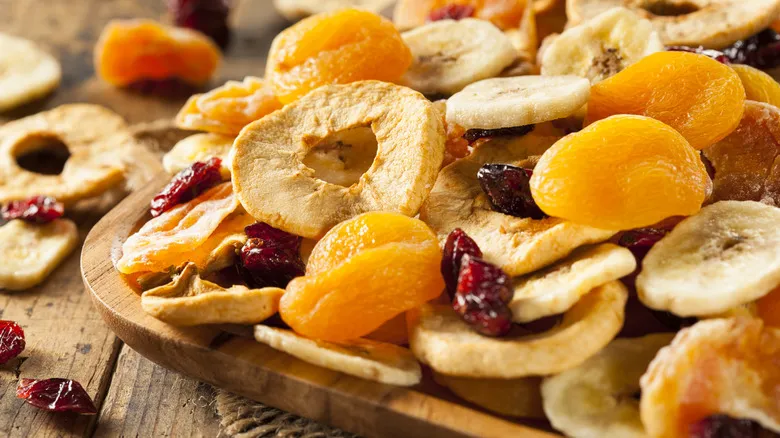
The most striking distinction between freeze-dried and dehydrated fruit lies in their textures. Freeze-dried fruit is light and crisp, almost melting in your mouth, while still maintaining its original shape, though in a smaller form. It tends to be delicate and can easily crumble, making it ideal for light snacking or as a topping for yogurt and smoothie bowls.
In contrast, dehydrated fruit has a denser, chewier texture due to retaining some moisture. It also shrinks during the drying process and often has a sticky feel. This makes it a delightful addition to recipes that benefit from a chewy element, such as oatmeal cookies or granola bars.
While freeze-dried fruit preserves a robust fruit flavor, dehydrated fruit experiences changes in taste during drying. The heat can diminish natural flavors while amplifying sweetness, which can result in some dried fruits being excessively sweet—another reason to steer clear of brands that add sugar.
Nutrients and shelf life
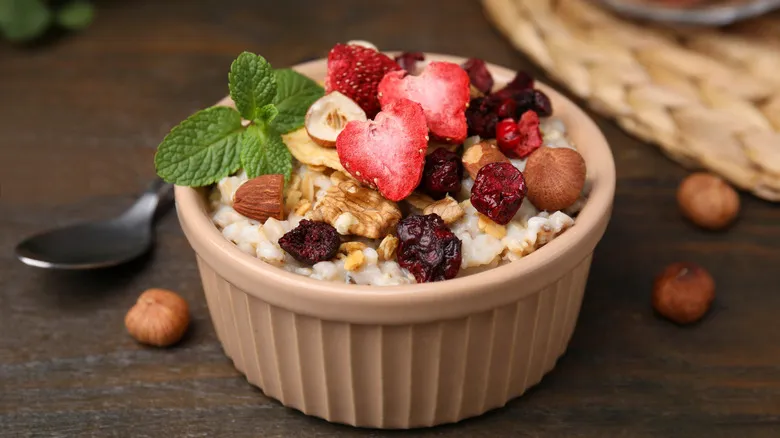
When it comes to nutrients, freeze-dried fruit takes the lead. The freeze-drying process, which avoids heat, effectively retains sensitive nutrients like vitamin C and antioxidants that often diminish during dehydration. As a result, freeze-dried fruit is nutritionally comparable to fresh fruit, making it an excellent option for those aiming to enhance their snacking habits. Both freeze-dried and dehydrated fruits provide dietary fiber, which supports digestion and heart health. However, the light texture of freeze-dried fruit may lead to overeating, while the chewy consistency of dehydrated fruit can aid in portion control.
Regarding shelf life, freeze-dried fruit outlasts dehydrated fruit due to its significantly lower moisture content. When stored correctly in airtight containers, freeze-dried fruit can remain good for up to 30 years, making it a preferred choice for emergency supplies and outdoor adventures. Dehydrated fruit also has a long shelf life but is more vulnerable to mold and bacteria associated with moisture. Typically, it remains edible for about a year, although it can last up to 20 years in certain situations. To extend the shelf life of dehydrated fruit, consider refrigerating it. Both freeze-drying and dehydrating are effective methods for long-term storage, but freeze-dried fruit is generally more resistant to spoilage and better suited for portable, moisture-sensitive environments.
Recommended
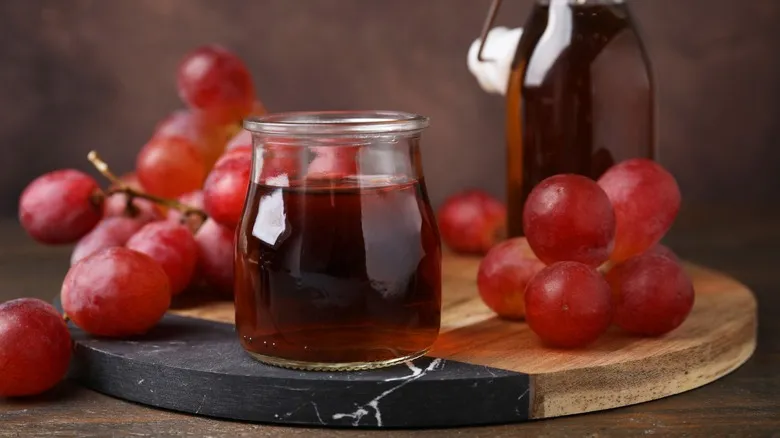
Does Red Wine Vinegar Expire?
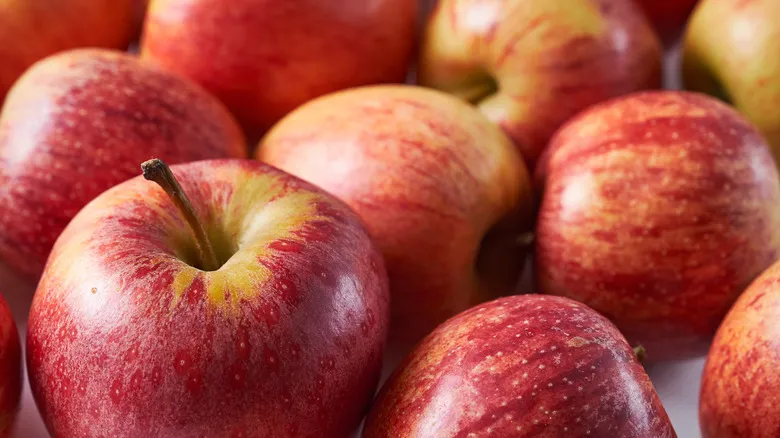
Pick Out Better Apples By Using The Brown Stem Rule

The Right Way To Store Leftover Cornbread To Make It Last Longer
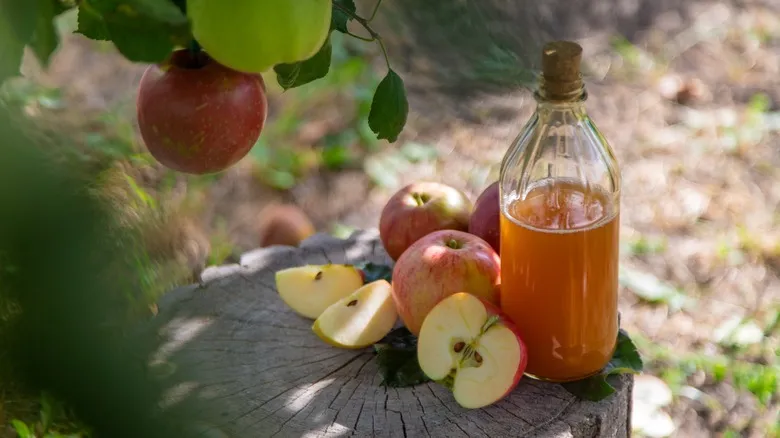
Why Health Officials Warn Against Drinking Unpasteurized Apple Cider
Next up

